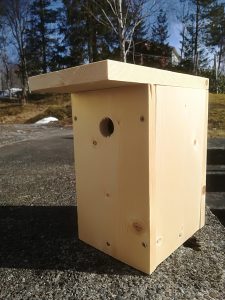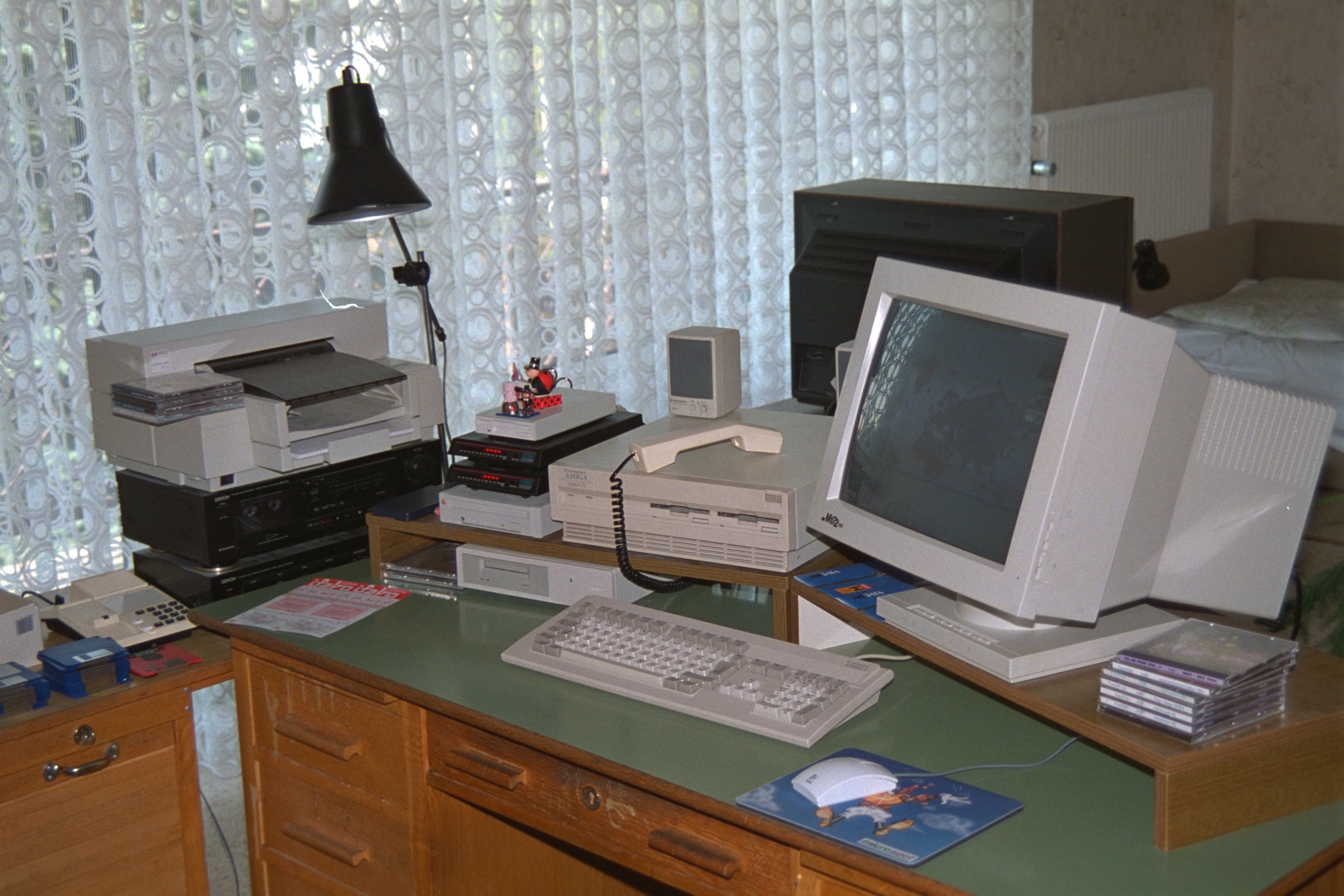‘If you believe you are a citizen of the world, you are a citizen of nowhere.’ Theresa May, 2016
Unlike Facebook, I am not “stockpiling and mining user information”. As far as I am aware, neither Cambridge Analytics, nor their lackey, AggregateIQ, are scraping posts. Yet, this blog is another incarnation of social media with an agenda (of attempting) to influence reader opinion.
Bill Blunden notes, “Social media is a form of mass surveillance and a tool of elite control. Buy product X, vote for candidate Y, support regime change movement Z. Pay no attention to the CEO behind the curtain.”
Dear reader, rest assured, I am not a member of any elite group. This includes Elite Singles, from whom I regularly receive invitations to join.
Yet, Blunden is correct when he states that messaging reinforces existing beliefs, and is part of a “divide and conquer strategy which the power elite have traditionally wielded to hobble the proles.” In fact, I see wisdom in his conclusion that “Readers should be wary of social media bubbles, safe spaces, and the like. …instituting societal change means reaching out to other folks. Some of whom may have different ways of viewing the world. Resist the temptation to write them off and have the humility to accept the limits of your own understanding.”
Currently, this blog only reaches a very narrow market. An optimist would be exaggerating by saying that it was somewhere between ten and twenty people, limited to family members and a few real friends. Its sphere of influence could be expanded to perhaps a hundred people – a few more (former) friends, Facebook acquaintances as well as others who have currently escaped Facebook attention, mainly Somewherians who lived in New Westminster in my formative years.
The market could be expanded more, if I chose to focus exclusively on an educational mission, ignoring family history and my blatant political, philosophical and other biases. Unfortunately, that isn’t me.
Blunden writes, “Take personal responsibility for your own social life. Go back to engaging flesh and blood people without tech companies serving as an intermediary. Eschew the narcissistic impulse to broadcast the excruciating minutiae of your life to the world. Refuse to accept the mandate that you must participate in social media in order to participate in society. Reclaim your autonomy.”
Birdhouses and beyond

One of the purposes of Hastighet (= Velocity) techno-garage, a local maker-space start-up, is to encourage the development of real-world Somewherian relationships with others from Inderøy. It is in the workshop world that people can make manifest their social and environmental ideals.
On Saturday, 2018-04-14, at E@ Internet Cafe, Inderøy, anyone could build themselves a birdhouse. Their only cost was an investment of time, during which they transformed 6 pre-cut, pre-drilled boards, 14 screws and a length of wire into a functioning house for a homeless member of the Paridae (tit) family, of which seven species live in Norway.
Almost 60 building sets were made, including one prototype. In the end, 14 bird houses were assembled and given away to specific people, for their contribution to the environmental movement in Inderøy. Currently, there are 17 kits left over. That means that more than 25 kits were assembled, or taken home for later assembly, by people attending the event.

As the graph above shows, common birds, especially farmland birds, are in sharp decline in Europe. Giving a child their own personal birdhouse, can foster an interest in the environment that may last a lifetime. With Workshop activism a focus for some members, the Inderøy Friends of the Earth is considering inviting all pupils of a particular grade, yet to be determined, to the Hastighet workshop in 2019 to build yet more bird houses. The real purpose is not to teach woodworking, but environmentalism. However, before this is done, a plan has to be made so that all school children are given regular opportunities to experience practical environmentalism, through woodworking. Additional plans also include a Repair Cafe, which would focus on rehabilitating rather than discarding products. It should also be noted that while some people were making birdhouses, others were working at the annual clothing exchange, making sure that inappropriately sized clothing received new owners.
Thus, my considered reply to Blunden is that I do take personal responsibility for my own social life. I am engaging with flesh and blood people, but I am also engaging with people who are geographically more distant, but emotionally closer. These are typically Nowherians living in places as diverse as Bergen, Prince Rupert and San Francisco. It is to keep in close contact with these that I have now turned to my blog. I dream of using Diaspora, but no critical mass has emerged there. I have applied to have an account with hello.com when it becomes available in Norway. It is a social networking service founded by Orkut Büyükkökten, the creator of Orkut.










